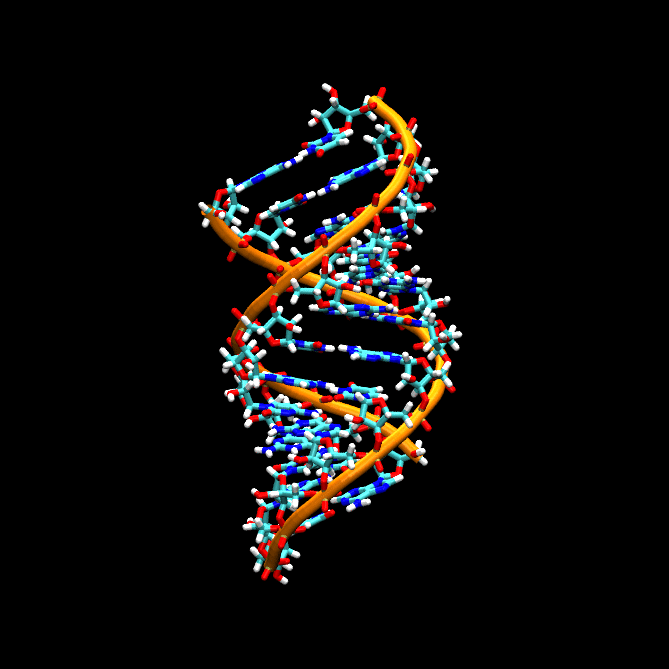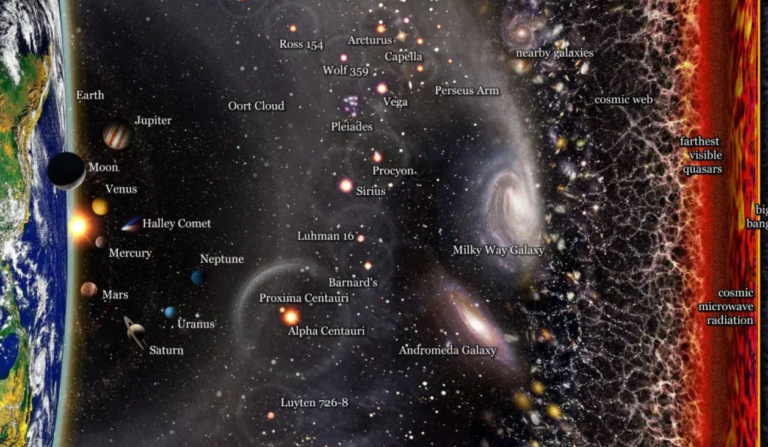Exploring the beginnings of life: Life could be widespread throughout the cosmos, but not necessarily in our vicinity.
There are certain special conditions that allow the basic constituents of life for the purpose of forming a new structure. This is a process commonly known as spontaneous generation or abiogenesis. Nevertheless, there are still a lot of things of which we have no clue or knowledge and, as such, we do not have a clear map of how events took place. Even the rate by means of this spontaneous assembly occurs is unknown.
Different religions have different accounts on how existent forms came into being; in many of them, existence was placed there by beings of a divine nature. Despite such narratives being compelling, we sometimes find ourselves yearning for more substantial motivations. The question of the origin of life is one of, if not the most profound and challenging questions that humanity seeks to answer, and it remains an area of continued scientific study. This question is intriguing to Tomonori Totani, an astronomy professor at the University of Tokyo for example.
Hear directly from Totani about his work – “The Emergence of Life in an Inflationary Universe,” published in Nature Scientific Reports. As mentioned above, Totani’s research can be partly understood within a few key ideas. Firstly, it establishes th overall huge age and size of the Universe and the probability of many events occurring within it.
Secondly it is regarding RNA, especially a number of nucleotide chain needed for coming into self-replication ability as mentioned in the literature. Like any another study on abiogenesis, Totani’s study exists at the base of life on our planet specifically focusing on RNA or ribonucleic acid. Although DNA offers the blueprints to the growth of individual life forms, it is much more complex than RNA in terms of structure.

Nevertheless, RNA is a relatively complex macromolecule compared to the simple chemical elements and compounds that may exist in space or on the surface of space objects. However, because RNA is slightly easier to create than DNA, it is likely to occur naturally at a higher rate. There is also an evolutionary hypothesis to the effect that DNA has the blue print of an organism and RNA controls transcription of DNA codes.
This idea is called RNA-based evolution and postulates that RNA is a fragile molecule that undergoes Darwinian natural selection and heritability.
This is one of the reasons why RNA and DNA are compared. RNA is a chain of molecules known as nucleotides. When life is defined as self-replication, a study posited that a chain of nucleotides has to be between 40 to 100 nucleotides long.
Over time, enough nucleotides can combine to form a chain of sufficient length. But the issue remains: has the Universe had enough time to exist? Well, because we’re here, the answer must be yes, right?
But wait. The press announcement for this new work states that “current estimates suggest that the magic number of 40 to 100 nucleotides should not have been possible in the volume of space we consider the observable universe.”
The word “observable universe” is essential here.
“However, there is more to the universe than the observable,” Totani noted. “Contemporary cosmology agrees that the cosmos had a period of fast inflation, resulting in a large region of expansion beyond what we can directly perceive. Incorporating this larger volume into abiogenesis models significantly enhances the likelihood of life arising.”
Our universe was created at the Big Bang, a single inflationary event. Totani’s work suggests that our Universe has more than 10^100 Sun-like stars, but the visible Universe only has around 10 sextillion (10^22) stars.
We know that life has existed at least once, thus it is not impossible that abiogenesis will occur at least once more, even if the chances are infinitesimally small.
There is only a limited quantity of matter in the visible Universe and, as statistics show, it should only be possible to synthesise 20 nucleotide long RNA chains. This is much shorter than the previously estimated range of 40-100 nucleotides. However, because of the vast distances between objects in the universe, a significant part of the universe cannot be seen by us. That is why the distance between us and the point of big bang is just too large for light to cover. Astronomers have estimated that there are roughly 10^100 stars such as our own Sun in both the known and unknown Universes.
This automatically translates to a high concentration of matter hence making the possibility of forming longer RNA chains not only possible but probable if not unavoidable. Totani’s study concerns the correlation between the minimum length of RNA that is necessary to be the first biological polymer and the size of the Universe that is necessary for formation of long and active RNA chains through monomer addition. If this is getting complex, here is a brief summary. The Universe is far bigger than what we can see, maybe containing as many as 10^100 stars like the Sun.
To achieve that the probability for the abiotic formation of RNA on an Earth-like planet is one, the minimum chain length of nucleotides must be less than 20, which contradicts to the previously assumed minimum chain length of 40 nucleotides. Nevertheless, according to all known principles of Terrestrial biology, RNA chains of a mere twenty nucleotides cannot replicate themselves.
According to Professor Totani, if extraterrestrial organisms have an origin that differs from that of Earth, their existence points to a polymerizing nucleotide mechanism that operates at a rate far higher than what could be considered random chance.
What would be the process?
Who knows, but this is probably an inflection point when people of religion can say, “Why, God, of course.”
Totani’s work has in no way supplied a solution. However, as with all scientific effort, it refines the question and encourages others to investigate it.
“Like many in this field of research, I am driven by curiosity and by big questions,” Totani told me.
“When I combine my current research into RNA chemistry with my extensive cosmology background, I realize there is a feasible route for the cosmos to have transitioned from an abiotic (lifeless) to a biotic state. It’s a fascinating notion, and I hope future study will build on it to find the beginnings of life.”
This article was originally published by Universe Today. Read the original article.
Do not forget to share your opinion with us to provide you with the best posts !




0 Comments